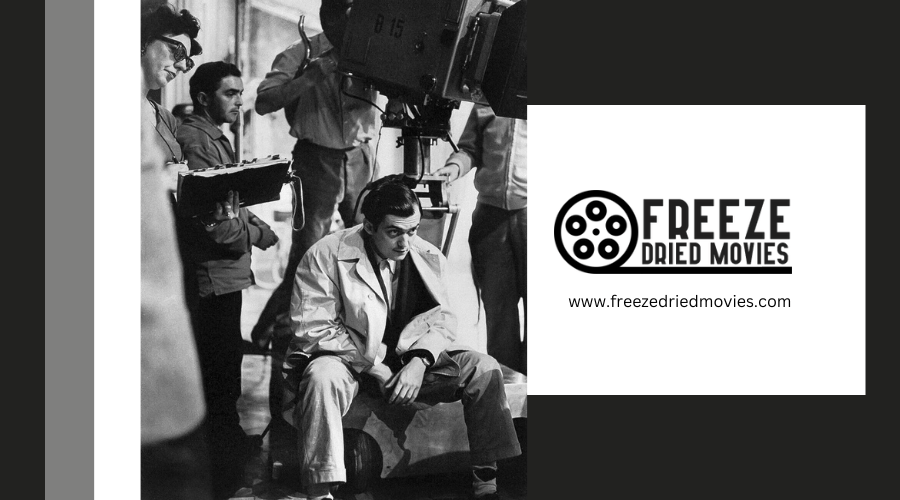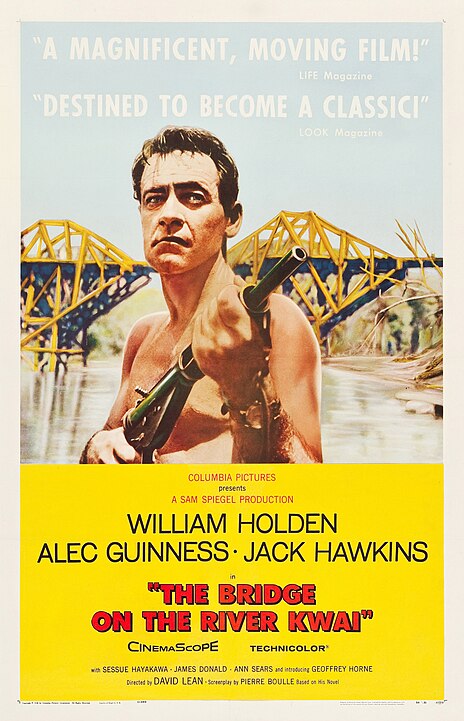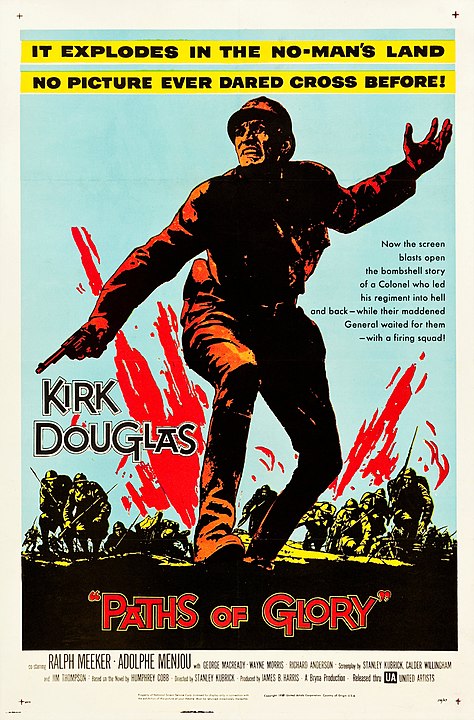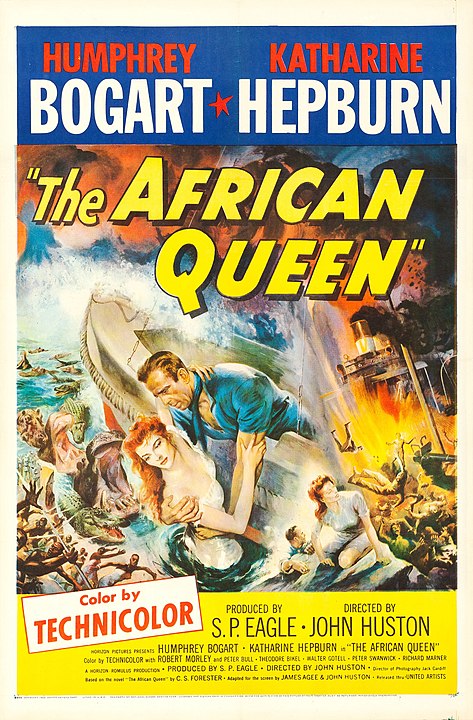You’ve likely seen the iconic imagery and heard the stirring scores of 1950s war movies, but have you ever stopped to contemplate their profound impact? This was a decade when filmmakers began bridging the visceral reality of warfare with the cinematic art of storytelling. Movies like ‘The Bridge on the River Kwai’ and ‘Paths of Glory’ didn’t just entertain; they questioned morality, showcased heroism, and laid bare the human cost of conflict. As we unpack the legacy of these films, you’ll discover how they shaped not just a genre, but the very way we view heroism and warfare. Stick around to explore how these narratives continue to influence modern cinema, perhaps in ways you’ve never expected.
Key Takeaways
- 1950s war movies blended heroism with the harsh realities of conflict, offering a nuanced exploration of World War II themes.
- Directors employed innovative cinematic techniques, including groundbreaking camera work and sound design, to authentically recreate historical settings.
- Films like ‘The Bridge on the River Kwai’ and ‘Paths of Glory’ presented complex characters facing moral dilemmas, highlighting the human condition in war.
- The era’s war cinema left a lasting legacy, influencing modern filmmaking through its realistic portrayal of conflict and deep psychological character studies.
- These movies celebrated the human spirit, focusing on bravery, moral choices, and the chaos of war, while contributing to the evolution of heroism in cinema.
The 1950s War Cinema Landscape
In the 1950s, directors like David Lean and Stanley Kubrick masterfully captured war’s complexities, offering audiences a blend of heroism, tragedy, and the harsh realities of conflict. This decade was a pivotal moment for war cinema, as filmmakers explored Second World War themes, revealing stories from the battlefield to the prisoner camp, and even the home front. Movies like ‘The Bridge on the River Kwai’ not only showcased the strategic significance of a bridge but also delved into the psychological warfare and the moral dilemmas faced by soldiers and captives alike.
Directors of the 1950s didn’t shy away from the grim aspects of war. They presented a multi-faceted portrayal that included courage in the face of adversity, the struggle for survival in POW camps, and the poignant tales of love amidst turmoil. These War II films, grounded in historical contexts, brought to life the international events that shaped a generation. Through their lenses, audiences were transported to the front lines, the resistance movements, and the silent battles fought within the hearts of those who lived through the era. The era’s war movies stand as a tribute to the resilience of the human spirit in times of conflict.
Iconic War Films of the Decade
Exploring the 1950s, you’ll discover iconic war films that have left an indelible mark on cinema. At the heart of this era stands ‘The Bridge on the River Kwai’ with its unforgettable drama around a railway bridge, capturing soldiers fighting not just the enemy but the moral complexities of war. Alec Guinness shines in this masterpiece, embodying the spirit of the best ’50s war narratives with a Metascore of 88.
Not far behind, Stanley Kubrick’s ‘Paths of Glory’ thrusts you into the trenches of World War I, presenting a harrowing tale of injustice within the ranks. Its critical acclaim is well-deserved, boasting a Metascore of 90. Then there’s ‘Stalag 17’, a gripping story set in a German POW camp, showcasing the resilience and ingenuity of captured soldiers.
‘The African Queen’, featuring Humphrey Bogart, transports you to the African theatres of World War I, blending adventure with a poignant war backdrop, and earning a Metascore of 91. To conclude, ‘The Human Condition I: No Greater Love’ uncovers the soul-crushing experiences of soldiers in the Korean War, earning widespread acclaim with a rating of 8.5. These films not only define the best of ’50s war cinema but also continue to resonate deeply with audiences today.
Heroes and Narratives
War movies from the 1950s often showcased heroes as more than just soldiers; they were complex characters wrestling with the heavy toll of their moral choices amidst chaos. These films didn’t just take you to the battlefield; they plunged you into the hell of war, where the true fight was often within the soul of the hero.
Imagine the vivid scenes these narratives painted:
- Bridge on the River – where the line between duty and morality blurs, challenging the very essence of leadership and sacrifice.
- Soldiers grappling with the horrors of war, where every decision could mean life or death, not just for them but for their comrades.
- The silent moments of reflection in the midst of chaos, revealing the personal struggles and the weight of ethical decisions on the shoulders of these heroes.
These war films went beyond the conventional portrayal of heroes. They explored moral dilemmas and the internal conflicts faced by individuals. The narratives focused on the evolution of heroism, portraying characters who, despite their flaws and vulnerabilities, displayed unparalleled bravery and made sacrifices that defined their emotional journeys.
Cinematic Techniques and Innovations
Moving beyond the complex heroes and narratives, let’s examine how 1950s war movies revolutionized cinema with their groundbreaking techniques and innovations. Directors like Stanley Kubrick and David Lean were at the forefront, pushing the boundaries of what could be achieved on screen. They harnessed innovative lighting and camera angles, alongside long takes and tracking shots, to thrust you right into the heart of battle. Imagine feeling the tension of an Infantry Division moving through a war-torn landscape, enhanced by these cinematic techniques.
The realism didn’t stop there. Practical effects and miniatures brought explosive battle scenes to life without the need for today’s digital effects. You could almost smell the gunpowder. Films like “The Bridge on the River Kwai” utilized these methods masterfully, creating unforgettable sequences that still resonate. The sound design, a blend of booming explosions, relentless gunfire, and stirring scores, further pulled you into the fray.
Moreover, the use of archival footage and meticulously crafted sets allowed for an authentic recreation of historical wartime settings, transporting you back to the era of World War II. Each frame, carefully constructed by directors like Mizoguchi, not only told a story but also showcased a technical mastery that set the stage for future war movies.
Legacy and Influence on Modern Cinema
The legacy of 1950s war movies profoundly shapes how modern cinema portrays the brutal realities and psychological toll of conflict. You can see this influence in the gritty realism, complex characterizations, and moral ambiguity that define today’s war films. The shift from glorifying battle to exploring the human condition under the duress of war started in the ’50s, and it hasn’t looked back.
Consider these elements that have become staples in modern war cinema, thanks to the 1950s:
- Realistic Portrayals of Conflict: From the muddy trenches of the Western Front to the vast, unpredictable sea battles involving the US Navy, the aim is to immerse you in the visceral experience of war.
- Nuanced Characterizations: Characters like the strait-laced English officer or the experienced German adversary are no longer mere stereotypes. They are complex individuals with motivations and fears. Lieutenant Zadra and stars like William Holden brought depth to roles that resonate even today.
- Moral Ambiguity and Psychological Depth: The line between hero and villain blurs, exploring the psychological scars of those who survive and the moral dilemmas they face, a stark departure from the camp in World War II movies.
These elements have made the journey from the silver screen of the 1950s to the digital streams of today, ensuring the legacy of those early films endures.
Frequently Asked Questions
What Civil War Movie Was in the 1950s?
You’re likely thinking of “The Red Badge of Courage” if you’re asking about a Civil War movie from the 1950s. Released in 1951, it stars Audie Murphy and was directed by John Huston.
What Was the Movie About Ww2 in 1950?
You’re likely thinking of “The Desert Fox,” a 1951 movie about WWII’s Field Marshal Rommel and his campaigns in North Africa. It stars James Mason and dives into Rommel’s strategic mind and personal dilemmas.
Which Was the First Film Based on War?
The first war film, ‘The Battle of the Somme,’ came out in 1916. It’s a British documentary showing real battle scenes, aiming to bring the harsh realities of World War I to the public.
How Did Movies Influence the War Effort?
Movies boosted the war effort by lifting morale, shaping opinions, and rallying support through heroic tales. They highlighted sacrifices, promoting unity and resilience, and were key in mobilizing resources and inspiring national pride.
Conclusion
You’ve journeyed through the gritty realism and compelling stories of 1950s war cinema, from the valor on the battlefield to the struggles on the home front. These iconic films, with their groundbreaking techniques and powerful narratives, not only defined an era but also set the stage for future generations. Their legacy lives on, shaping how modern cinema portrays war, heroism, and the human condition. Remember, the echoes of these classics continue to influence filmmakers and captivate audiences around the world.





